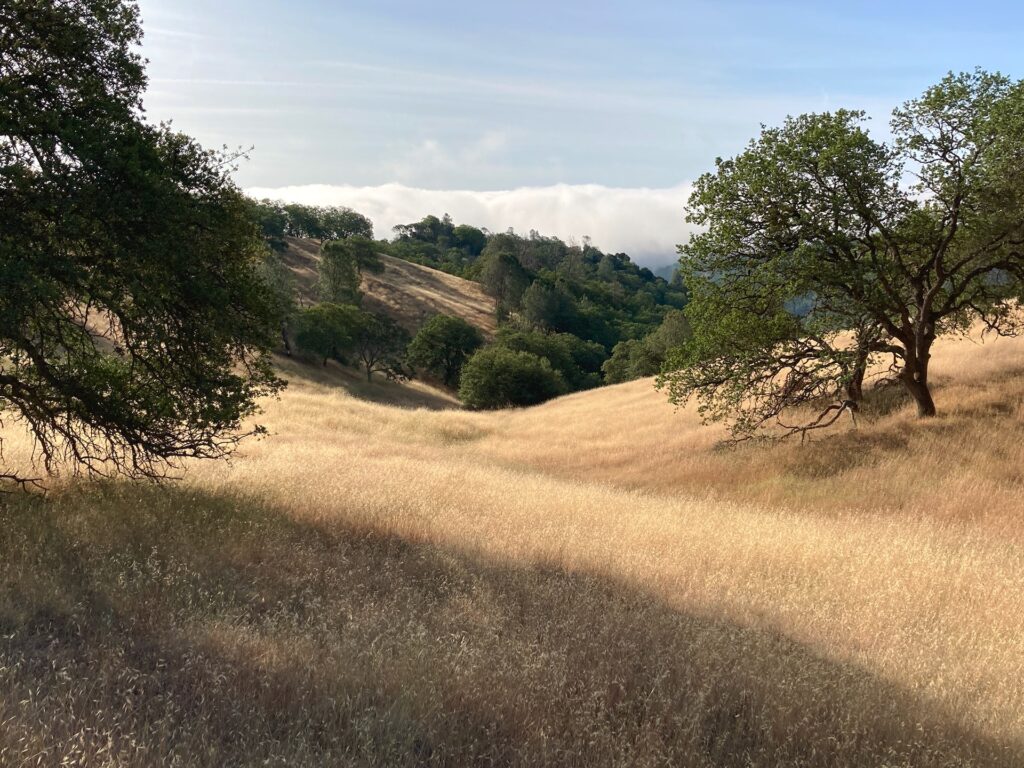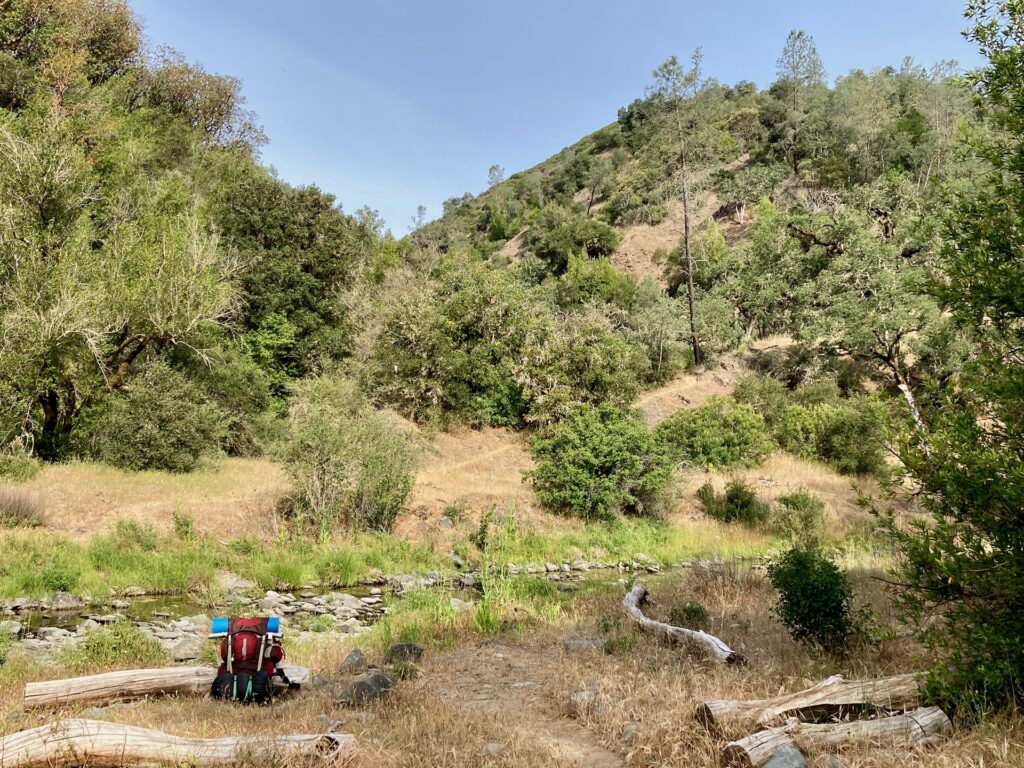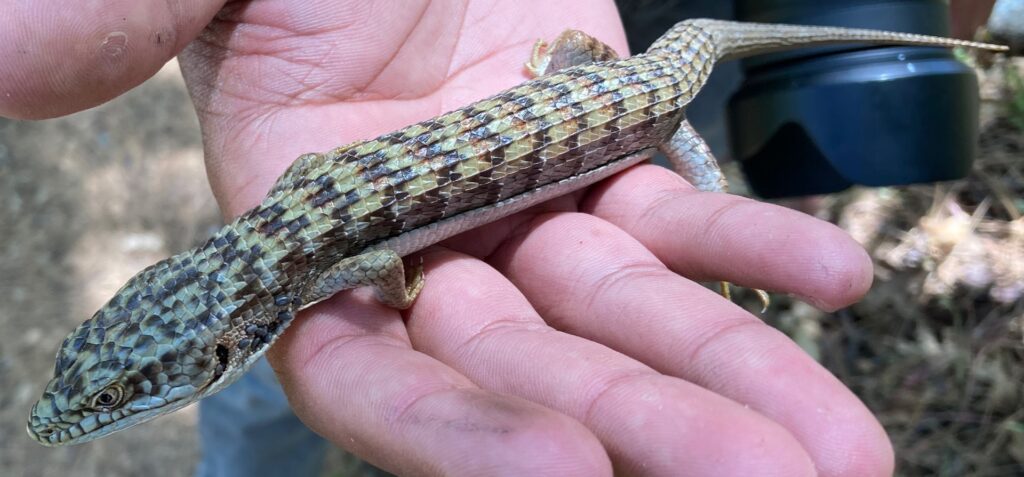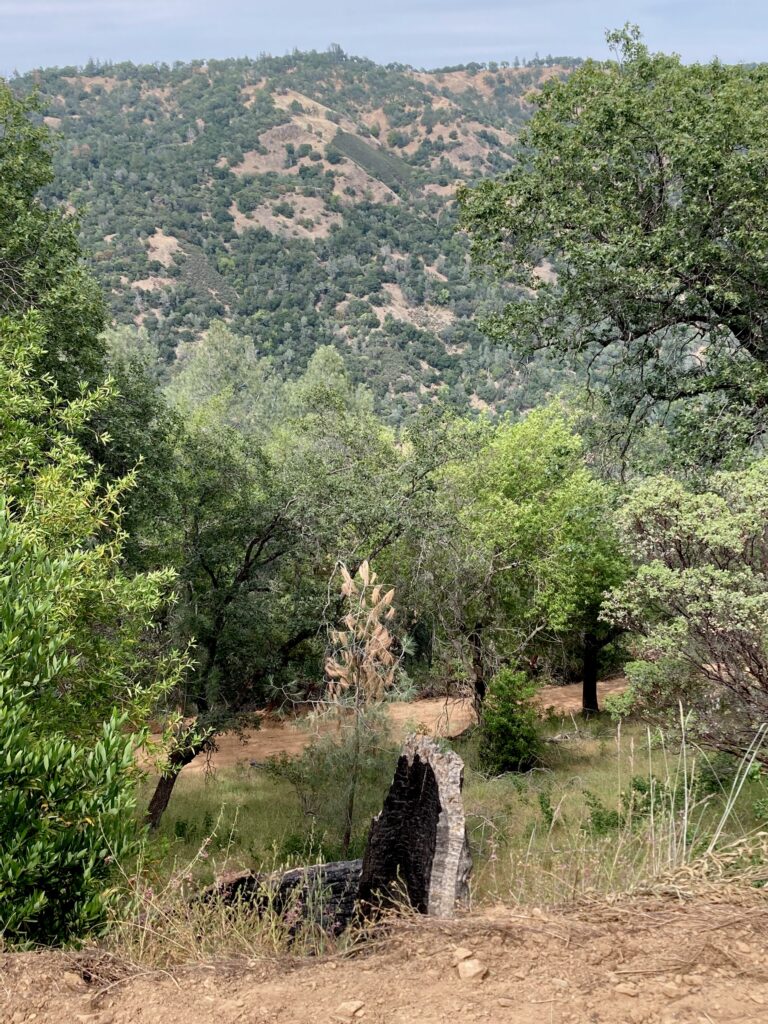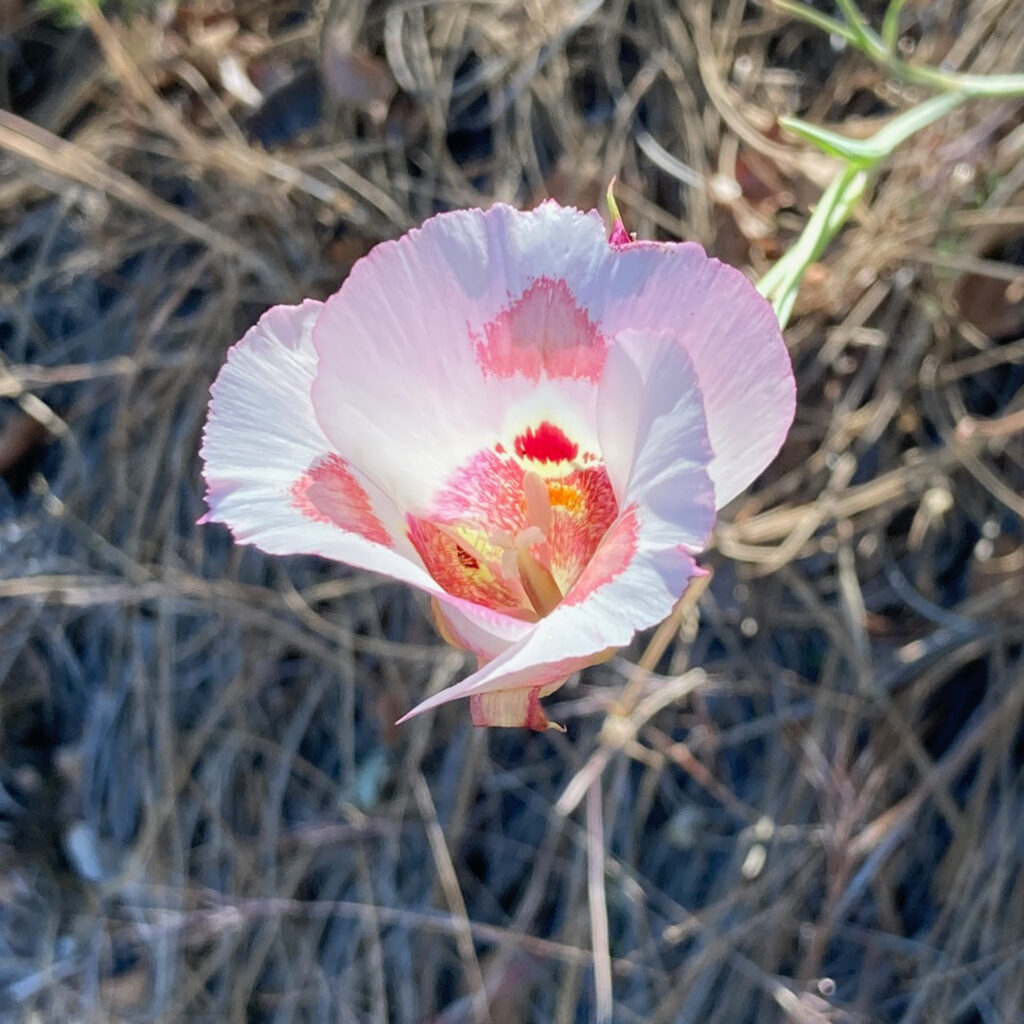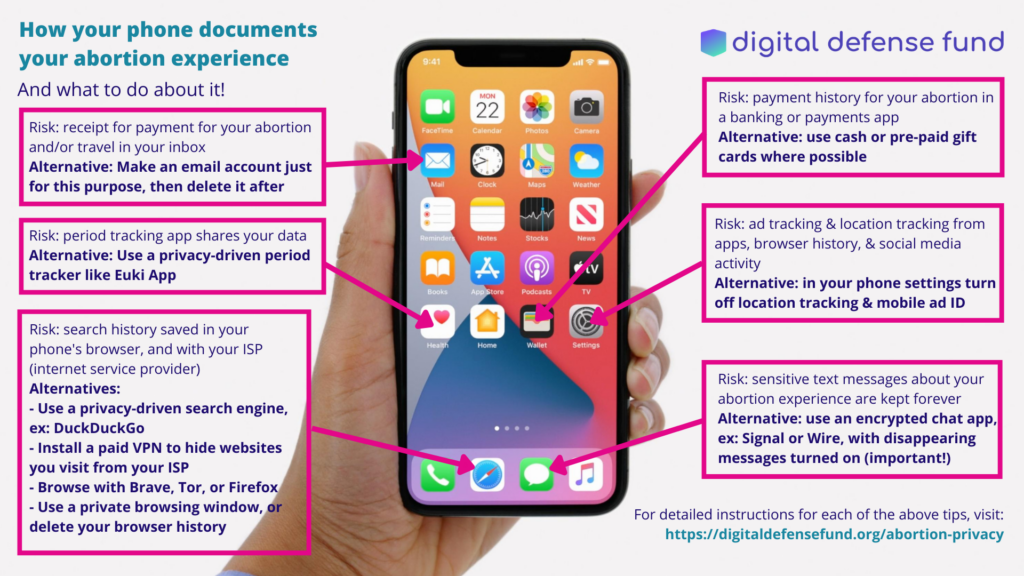Nine more copyright-free hymns. Yes, you can use these hymns online without having copyright trolls harass you. They’re in this Google Drive folder, along with 91 others — making a total of 100 copyright-free hymns in that folder.
Of interest in this batch of copyright-free hymns:
There are 3 hymn tunes by Thomas Commuck, the first Native American composer to publish his music. In two cases, I found texts in a current UU hymnal with copyright-protected music, and substituted one of Commucks’ tunes instead. In the third case, I found a lovely text by Frances Ellen Watkins Harper, the African American Unitarian poet from the mid-19th century, and paired it with a Commuck tune. These three hymns will be of interest if you’d like to include an Indigenous composer in your worship music.
For “Hush, Somebody’s Calling My Name,” I found a 1923 arrangement by J. B. Herbert, based on melodies provided by Rev. Turner Henderson Wiseman (1881-1939). T. H. Wiseman was a charismatic African American minister of the early twentieth century. On Feb. 7, 1914, the Kansas City (Mo.) Sun called him “a brilliant young minister,” adding: “Perhaps there is no young man in the ministry of the African Methodist Episcopal Church who has made such an enviable reputation as Rev. T. H. Wiseman…. Rev. Wiseman is not only a pleasing and intellectual preacher of the Gospel, but is one of the most accomplished and sweetest singers of the race.” He made a number of recordings in the 1920s, many of which you can find online. His quartet’s recording of “Hush” is online at the Internet Archive, and is well worth listening to. In the notes to this hymn (see below), I discuss what Wiseman’s contribution to this song might have been.
(Researching these nine hymns was painful. My brain hurts. I need to take a break from this copyright-free hymn project.)
Notes to all nine new hymns below the fold.
Continue reading “Nine more copyright free hymns”
